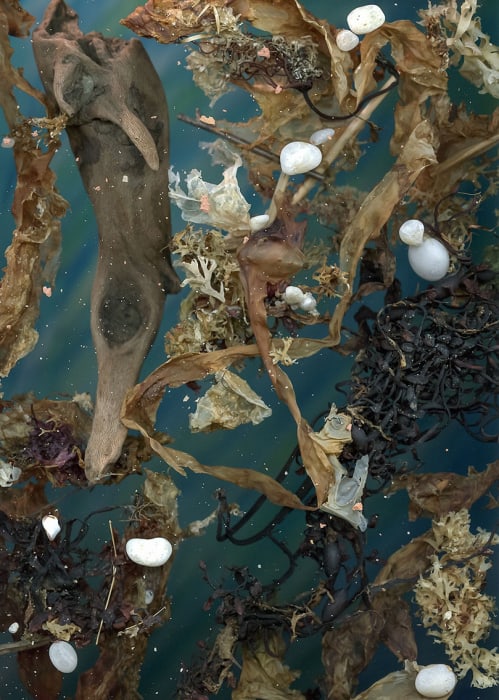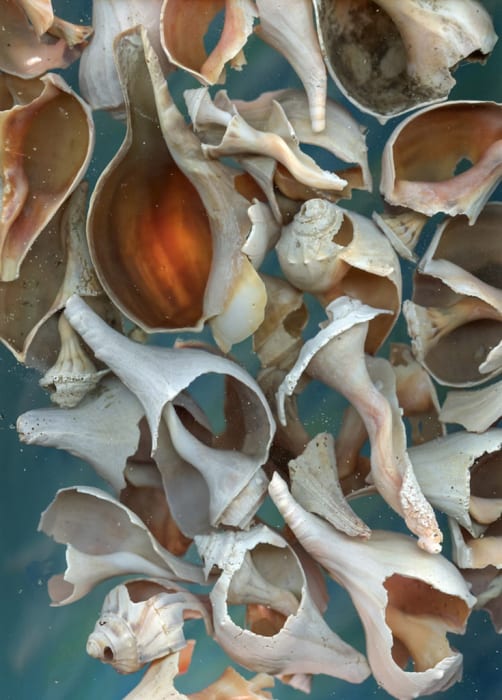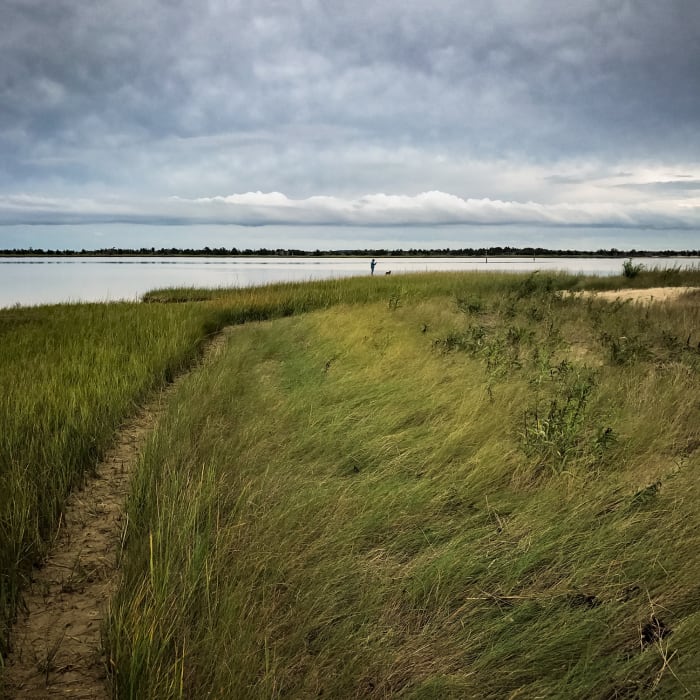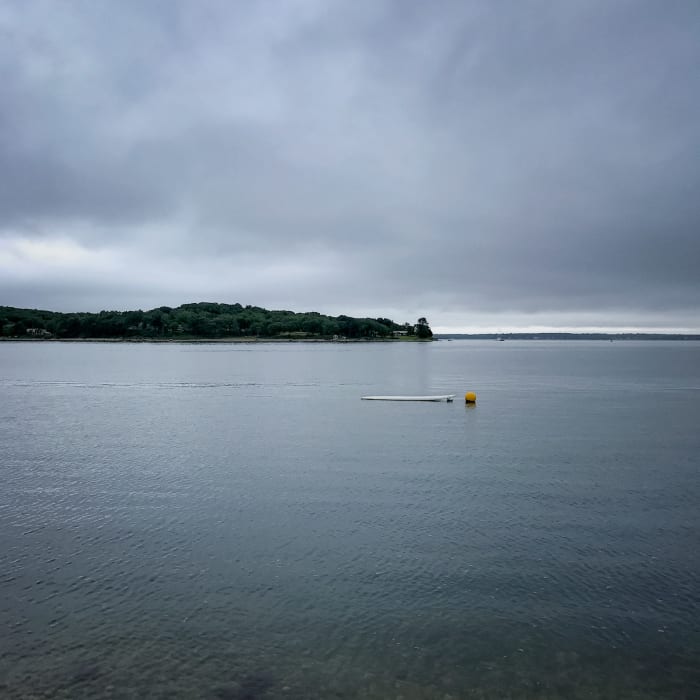Artist Statement I spent my childhood in Youngstown, Ohio, a city that glowed orange at night. It was the fifth largest steel-producing city in the United States with blast furnaces that worked around the clock. The mills, where my father worked, paralleled the dead Mahoning River: hot water and chemicals were expelled from the mills into the river. We didn't think about that back then.
In nearby Pittsburgh steel mills along the Monongahela and Ohio Rivers spewed so much smoke that the city was as dark as night until late morning. No one thought much about that either until the early 50s when a smoke abatement program started. In 1955, I enrolled in the College of Fine Arts in Pittsburgh's Carnegie Institute of Technology earning a BFA in painting in 1959. Unfortunately, all these years later, there's still an air quality problem in Pittsburgh that is largely ignored.
In June 1969, industrial waste lit up Cleveland, Ohio's sky when its Cuyahoga River caught on fire.
Focus on the dangers of greenhouse gasses and industrial wastes increased in the media in the 80s. We lived in Manhattan then, two blocks from the Hudson River whose bottom had been coated with cancer-causing PCBs traced to General Electric, Inc. - whose motto was "Progress is Our Most Important Product."
But progress isn't being made.
Since 2012, I have picked up trash - most of it plastic - along American shorelines, some of which is the material in my new Bas-Reliefs. The manufacture of plastics is a significant contributor to greenhouse gasses. I'm sick about the huge new industrial complex being built along the Ohio River in Pittsburgh that will produce hundreds of millions of tons of plastic beads for the manufacture of plastic objects throughout the entire world.
I try to be responsible by shopping with reusable bags and have recycled for years. But most goods today are made of plastic, packaged in plastic, or shipped in plastic containers. Recently I saved for three months all the plastic items that came into our house, filling five huge plastic bags; and, instead of taking them to the recycling center I constructed a triptych. Ironically, had I recycled the waste, most of it would not have been repurposed, but bundled and stored in huge warehouses for shipment to landfills.
My work bears witness to the tragedy of our unwillingness to address the overwhelming problem of manmade climate change.






